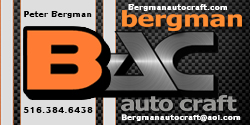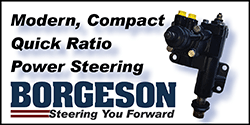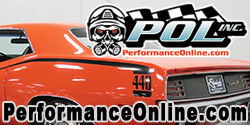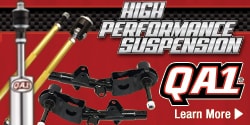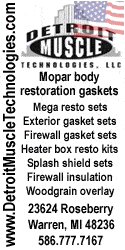Aussie Charger
Well-Known Member
Unfortunately, that's wrong.HP, RPM and gearing get the car moving.
Put the gearbox in high gear and see how well TQ moves the car.
There is a reason why torque converter stall speed is usually above peak TQ. Or why clutch guys chip the RPM higher to make the car leave harder.
As long as the tire can take the hit. I have video of several cars pounding the tire to death, but I’m not going to post them because I never asked the guys with the cars if I can use the video.
Its eye opening.
To move an object, you need a force.
Horsepower is not a force – it is a measure of work or power. Power is energy transfer over time.
Apply enough torque and you can move any car with any gearbox with any final drive.
Apply a smaller amount of torque and use a force multiplier – ie: gearing (or leverage) – and you can move the same car, but it will take longer to do it. The reason is because you need time to multiply the force.
F = M/A
Force = Mass x Acceleration
The force (torque) accelerates the mass (car). But the car has rolling resistance due to friction and wind resistance. So you must apply the force continually to accelerate the car against that resistance.
Horsepower is the measure of the number of times that force is applied to accelerate the car to overcome the other the forces (friction, wind etc).
I understand what you are trying to say, but the way you are saying it is not, strictly, correct.
In physics terms, TQ most certainly does move the car. Gearing and RPM determine how (gearing), and how often (RPM) that TQ is applied.Their entire lives they have been told that TQ moves the car. It doesn’t.
The spanner in the works, as I mentioned above, is that in an internal combustion engine TQ is not produced in a linear fashion, and so RPM can also determine where the engine makes the most TQ to be advantageous in relation to gearing and mass (weight). But again, it is not the RPM that determines this, it is only a measure of the point at which it happens (for other reasons).



